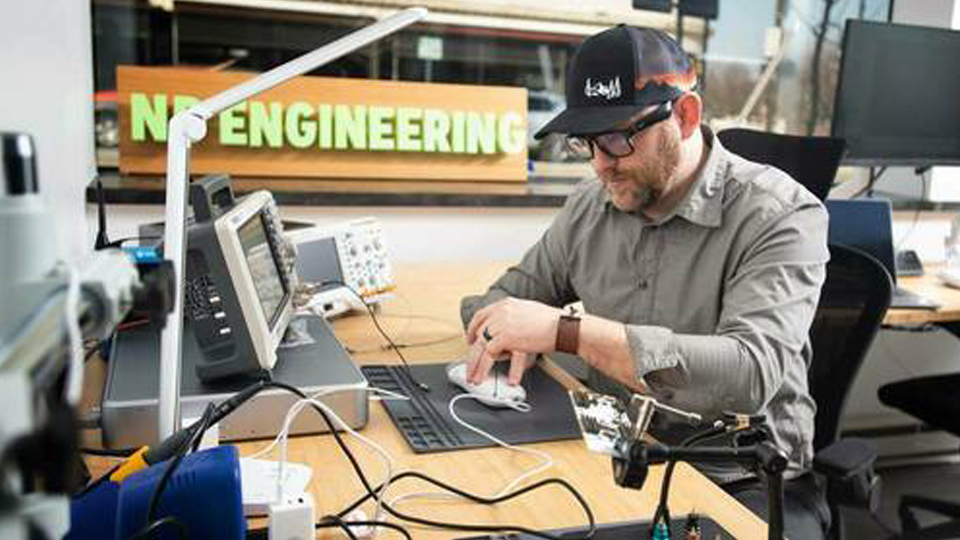ND Students Develop Breast Cancer Imaging Device
Subscriber Benefit
As a subscriber you can listen to articles at work, in the car, or while you work out. Subscribe Now
University of Notre Dame electrical engineering doctoral students Roy Stillwell and Vince Kitsmiller are developing a handheld imaging device that uses near-infrared spectroscopy, or laser lights, instead of X-rays to detect breast cancer. The university says prototypes of the NearWave Imager will be used in clinical settings at a nearby hospital later this month.
The non-invasive imaging device measures blood, lipids and water up to three centimeters deep in tissue. Notre Dame says the device can then wirelessly transmit data to a mobile device or laptop.
“This advanced near-infrared technology has been around for 30 years now, but mainly in the hands of physicists and engineers in their labs,” said Thomas O’Sullivan, an assistant professor of electrical engineering. “It was thought just too difficult to use. But Roy wanted to take the leap. He thought there was no reason why this couldn’t be made easy to use and intuitive for a doctor to pick up and start scanning. It’s become Roy’s Ph.D. project, and now he’s head of the company.”
The university says the NearWave Imager will help doctors evaluate the effectiveness of breast cancer treatments by monitoring changes in tumors.
“With this device, you don’t need to wait for eight weeks of chemotherapy to find out that a tumor’s not responding,” said O’Sullivan. “You can know within a week or even days if the tumor is shrinking.”
The university says the device has the potential for future use in neonatal care and for detection of other types of cancer in children and adults.
NearWave won the $50,000 grand prize at the 2020 McCloskey New Venture Competition. It also received a $40,000 pre-seed investment from the Elevate Nexus Statewide Pitch Competition last year and was also named Innovation of the Year at the 2021 TechPoint Mira Awards.
